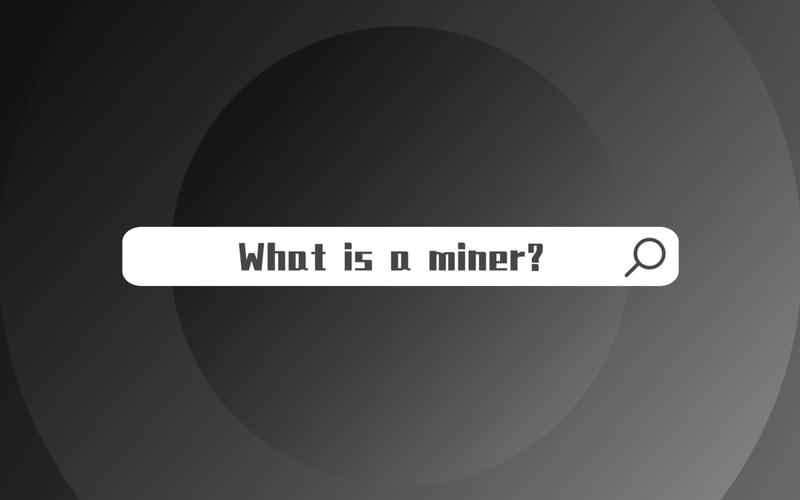miner power
miner power
Are you intrigued by the world of cryptocurrency mining? Do you want to dive into the depths of this fascinating industry and understand the power behind it? Look no further! In this comprehensive guide, we will explore everything you need to know about miner power, from its definition to its impact on the crypto market. Get ready to uncover the secrets of miner power and its role in shaping the future of digital currencies.
What is Miner Power?

Miner power, also known as hash rate, refers to the computational power of a cryptocurrency mining rig. It measures the number of hashes a mining rig can perform per second. The higher the hash rate, the more powerful the miner is. In simple terms, miner power determines how quickly a miner can solve complex mathematical problems to validate transactions and earn rewards in the form of cryptocurrencies.
How Does Miner Power Work?
When you join a cryptocurrency network, you become part of a decentralized system that relies on miners to secure the network and process transactions. Miners use their computing power to solve complex mathematical puzzles, known as Proof of Work (PoW) algorithms. These puzzles are designed to be difficult to solve, requiring a significant amount of computational power.
When a miner successfully solves a puzzle, they are rewarded with new coins. This reward incentivizes miners to invest in powerful hardware and consume electricity to maintain the network’s security and integrity. The more miner power a network has, the more secure it becomes, as it becomes increasingly difficult for malicious actors to attack or manipulate the system.
Factors Affecting Miner Power

Several factors contribute to the miner power of a cryptocurrency network:
| Factor | Description |
|---|---|
| Hardware | The type of mining hardware, such as ASICs or GPUs, plays a crucial role in determining miner power. More powerful hardware can solve puzzles faster and contribute more to the network’s hash rate. |
| Electricity Costs | The cost of electricity is a significant factor in determining miner profitability. Miners with access to cheaper electricity can afford to operate more powerful hardware, increasing the overall miner power of the network. |
| Network Difficulty | The difficulty of the mining process adjusts dynamically to maintain a consistent block generation time. As more miners join the network, the difficulty increases, requiring more miner power to solve puzzles. |
| Network Size | The number of miners in a network directly impacts its miner power. A larger network with more miners contributes to a higher overall hash rate, making the network more secure. |
The Impact of Miner Power on the Crypto Market
Miner power has a significant impact on the crypto market in several ways:
-
Security: A higher miner power means a more secure network, as it becomes increasingly difficult for attackers to compromise the system.
-
Transaction Speed: More miner power can lead to faster transaction confirmation times, as miners can process transactions more quickly.
-
Market Value: The miner power of a cryptocurrency can influence its market value. A network with a high miner power is often perceived as more secure and reliable, potentially leading to increased demand and higher prices.
-
Energy Consumption: The energy consumption of miners is a growing concern. As miner power increases, so does the demand for electricity, raising questions about the environmental impact of cryptocurrency mining.
Conclusion
Miner power is a crucial component of the cryptocurrency ecosystem. It ensures network security, influences market value, and determines transaction speed. As the crypto market continues to evolve, understanding the role of miner power is essential for anyone looking to navigate this dynamic industry. By investing in powerful hardware, accessing affordable electricity, and staying informed about network dynamics, you can contribute to the miner power of your favorite cryptocurrencies and potentially reap the rewards of this exciting field.






